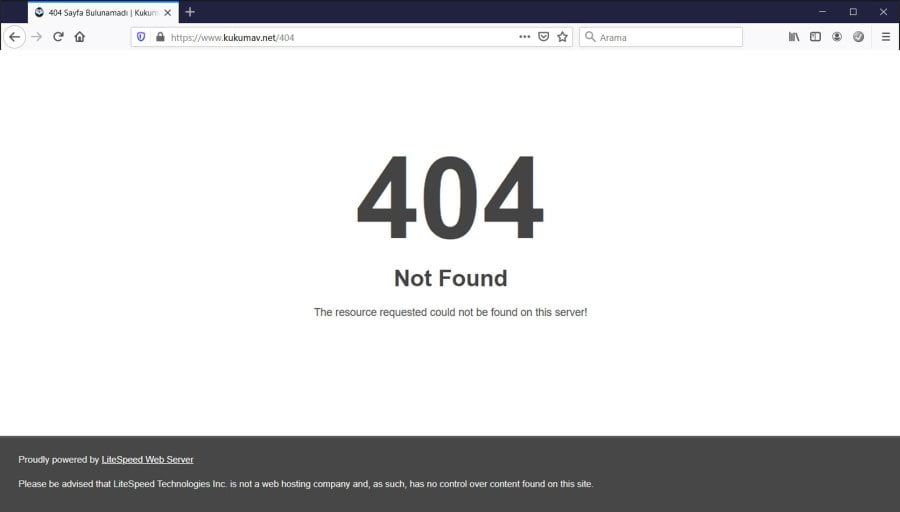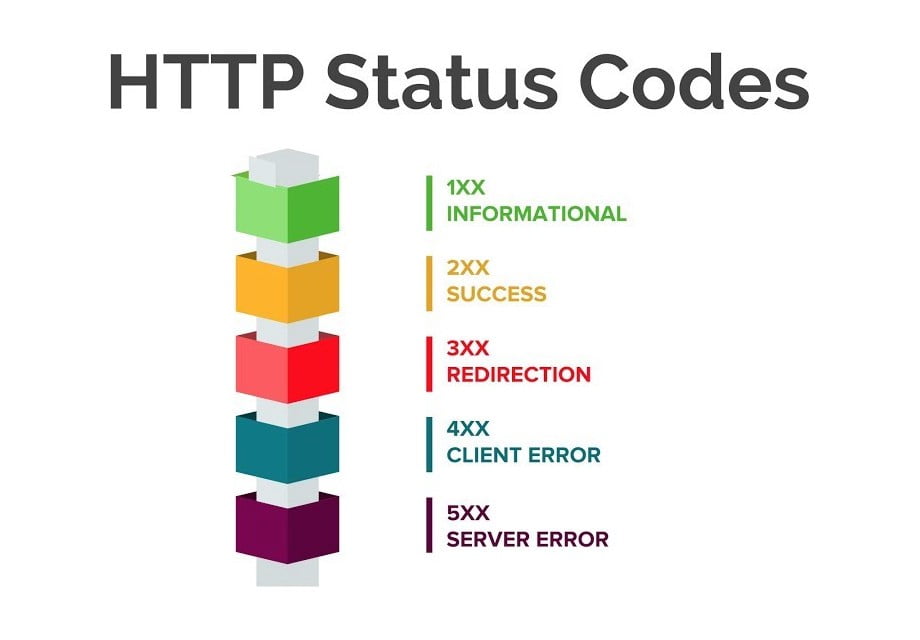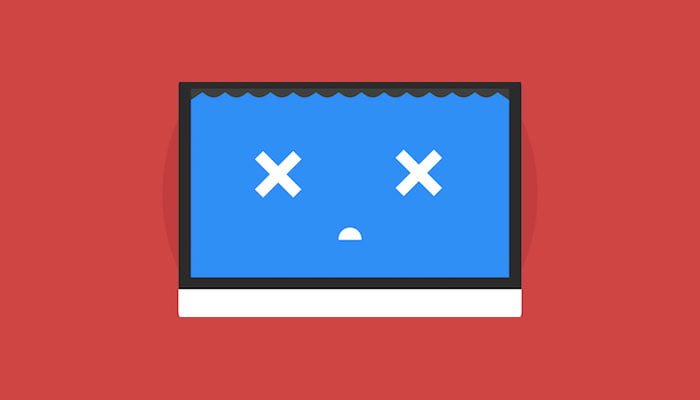There are many problems that we can face when surfing the Internet but today we are going to talk about the most common website errors and how to avoid them. Although they may all mean the same thing to us, they are not all the same and they don’t all happen for the same reason. There are client errors or server errors, etc. In any case, these are the main Internet errors, the main 400 or 500 status codes that we can find when browsing.
What are status codes?
Status codes or HTTP response codes show that the request we have made has been completed or there is an error. They help describe what is happening and are made up of three different digits that will vary depending on what is happening. You have seen them when surfing the Internet when something does not work well but we are going to explain all of them in detail.
Beyond the 404, which we will explain later, there are many other errors. Generally, they are grouped into five different categories depending on what they are intended to inform. Not all of them are error codes and some of them are merely informative:
- Informational responses in codes 100 to 199
- Successful responses in status codes 200 to 299
- Redirects from 300 to 399
- Client Errors 400 to 499
- Server errors 500 to 599
The most common one: Error 404
This is a status code that is sent from the web server to the browser via the data transmission protocol when the resource or page requested from the browser has not been found or does not exist on the server. Going surfing and encountering a 404 Error is usually one of the things that make us most angry.

However, we should not associate this error with problems when communicating with the server because this error indicates that it has been possible to communicate with the server since it has been the one who has returned the error that the requested page does not exist. Specifically, the first digit 4 indicates that the web address is not available or no longer exists, the 0 shows that there is a syntax error and the last 4 is associated with the specific anomaly of the problem.
How to avoid the most common website errors?
To prevent the 404 error from appearing while browsing our website, it is best to take advantage of some free tools that help us to detect these broken or obsolete links. Among the most popular solutions, we must highlight the W3C Link Checker tool, which is able to perform an analysis of our website just by indicating the URL and show us the corrupted links to fix them.
DeadLink Checker is very similar to the previous one and is a simple tool to use and very useful to detect links that generate a 404 error. And finally, Google Search Console. This tool allows us to know which links are causing problems.
These are the most common website errors
HTTP status code 300
There are many but they all have one thing in common: the page is missing. The page has moved and most of them are status codes for redirects. It will depend on the one that appears that it is one thing or another. These are codes that you are not going to see when you browse the Internet but that “jump” automatically so that the page redirects you to another one but that you are not going to suffer them like the 404, for example.

300 Multiple Choices
There are alternatives or links to the one we have entered and there are different addresses (maximum five) to choose from.
301 Moved Permanently
As the name suggests, the web page you have requested has been permanently moved to a new URL.
302 Found
The requested page has been temporarily moved.
303 See Other
Similar to the previous one, the page is in another location.
304 Not Modified
The page has not been modified since the last time we visited it, so nothing has changed since that visit.
305 Use Proxy
As the name suggests, this is only available via proxy.
307 Temporary Redirect
It has been temporarily moved to another URL.
308 Permanent Redirect
The page has been moved permanently.
HTTP status code 400
Beyond the most famous of all, the 404 code explained in previous paragraphs, there are others. These error codes or 400 status codes are the ones we usually see when we surf the Internet.
400 Bad Request
Something has gone wrong. It could have gone wrong for many reasons such as cookie errors or trying to load very large files, for example. Try refreshing your browser or try accessing the particular page again.
401 Unauthorized
As the name suggests, this error will appear when you do not have permission to receive the content you are trying to view on a page. You need authentication and it is possible to do so (if you know how) to receive the response.
402 Payment Required
This code is not currently in use but is intended for the future and is intended to be used in digital payment systems where payment is required.
403 Forbidden
Similar to 401, it will tell us that we do not have permission to access the content we are trying to view on the web page. We can not authenticate, as it happens in the previous one.
404 Not Found
We have already explained it in previous paragraphs as it is the most famous and the most common, the one we encounter most. The content cannot be found.

407 Proxy Authentication Required
Authentication is required through a proxy.
408 Request Timeout
The server has been waiting too long for a response. The server wants to disconnect the unused connection. You have probably seen this if a web page takes a long time to load because your Internet is not working as it should.
409 Conflict
The request has not been completed because there is a conflict in it.
410 Gone
The page does not exist. Used when the content has been deleted from the server.
411 Lenght Required
The server rejects the request because the header field is not defined and the server needs it to be. The length of the header field must be specified.
412 Precondition Failed
The server does not meet the conditions specified by the web client.
413 Payload Too Long
The request is too long.
414 URI Too Long
The requested URI is longer than the server supports.
414 Unsupported Media Type
The media format is not supported by the server.
417 Expectation Failed
The specified expectation cannot be met on the server.
421 Misdirected Request
The server cannot produce a response.
422 Unprocessable Entity
There is some semantic error in the request made.
416 Upgrade Required
The client must use a different protocol.
429 Too Many Requests
Too many requests sent in a short period of time.
451 Unavailable for Legal Reasons
As the name suggests, unavailable for legal reasons.
HTTP status code 500
Status codes 500 indicate or warn of server errors. You can find them specified or with the generic error “Error 500” that indicates that classic message “Internal Server Error” But it may not be 500 but 50X and it may explain you some more reason about what is happening at that moment in your computer.

501 Not Implemented
As the name itself makes clear, the server has not implemented the method
502 Bad Gateway
If you see this code, the server is also working as a “gateway”.
503 Service Unavailable
The server is not ready to handle the request. It may be overloaded, down, under maintenance.
504 Gateway Timeout
No response in time.
505 HTTP Version Not Supported
Although obvious, the problem is that the server does not support the HTTP version.
5008 Loop Detected
An infinite loop has been detected by the server.
511 Network Authentication Required
The client requires authentication for this to work.





